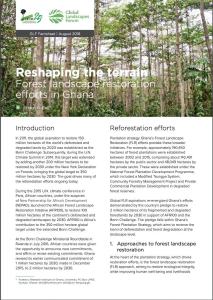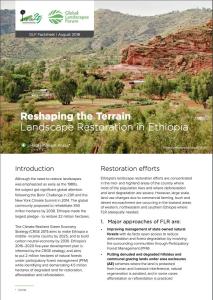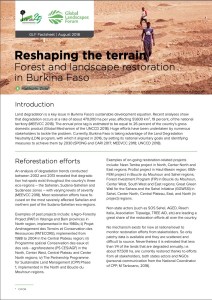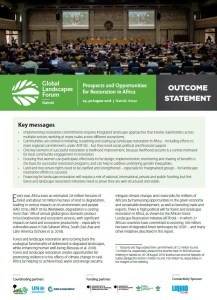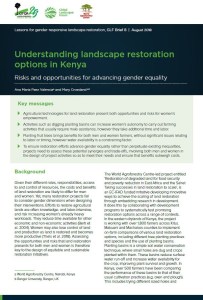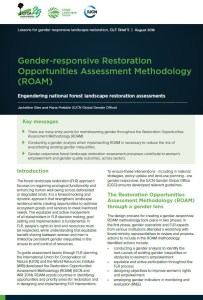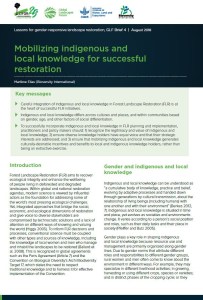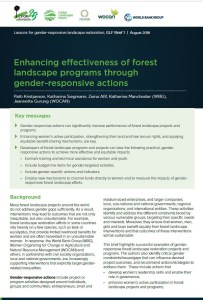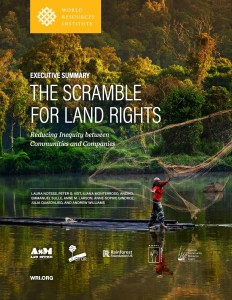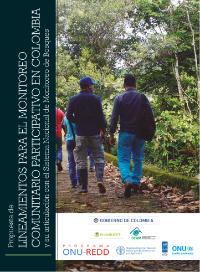Reshaping the terrain: Forest landscape restoration efforts in Ghana
As one of the key partners of the African Forest Landscape Restoration Initiative (AFR 100), Ghana is committed to restore 2 million hectares of its land by 2030. In this factsheet, the major approaches to forest landscape restoration are outlined and enabling conditions as well as major constraints to forest landscape restoration elaborated.

